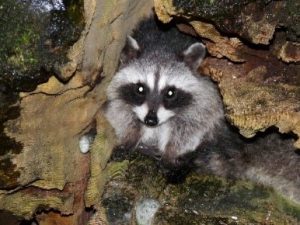Breaking
Operation Badger re-launch for National Badger Day!
Craig Fellowes awarded MBE for services to wildlife
Operation EASTER ~ 27 years of stopping egg thieves
Man who abseiled down cliff to take peregrine falcon eggs jailed
Newport company fined for the demolition of Bat Roost
Cheshire man sentenced after admitting animal cruelty offences
2,114 seizures of endangered animals and timber in major international law enforcement operation
Natural England prosecutes developer for breaching Bat Mitigation Licence
Vale of Glamorgan man prosecuted for destroying valuable wildlife habitat
Wildlife detectives take part in new Forensics Training programme
PSNI investigate death of two white-tailed eagles
PSNI launch Operation SUBRISION to deter and detect rural and wildlife crime
Lewisham man convicted for illegally exporting ivory
Operation EASTER launched for 2023 - stopping egg thieves and egg collectors
Monmouthshire company fined for damaging an important Great Crested Newt habitat
Two Lincolnshire men sentenced under new hare coursing legislation
Hoard of suspected poached deer skulls and fox tails uncovered after drugs raid in Nottinghamshire
National first as Essex poachers banned from owning dogs
Four men sentenced following hare coursing incidents in Stirling and the Borders
Raccoon
Raccoon Procyon lotor
- Appearance: Grey furry animal about the size of a large cat, distinctive dark eye-patches with thick bushy tail with a series of black rings.
- Behaviour: Like to feed in water or to douse their food in water before eating, are able to swim.
- Biology: Produce 2 – 5 young in early spring.
- Diet: Fruits and berries, insects, crustaceans, birds, eggs, small rodents and reptiles. Can raid bins in urban environments.
- Impact: Can threaten vulnerable bird species and displace native carnivores. Can interfere with game management and can damage growing and stored grain. May carry harmful diseases such including rabies (if animals have been imported), canine distemper, toxoplasmosis and a roundworm parasite that is highly pathogenic in humans.
- Pathway: May have escaped or been deliberately released into the wild.
- Legal status: Species of special concern listed under the retained EU Regulation 1143/2014 and the Invasive Alien Species (Enforcement & Permitting) Order 2019.
- Unless you have a licence or permit or an exemption applies you must not:
- keep them in your house, garden or business
- sell them to other people
- exchange them for goods
- release them into the environment
- let them breed or escape
- import them into the UK
- transport them within the UK
- export them to other countries
- What to do if you see Raccoon for sale or other offences being committed: Make a report by following the guidance here.
- What to do if you see this animal in the wild:
- This is an alert species, record it with a photograph (where possible).
- Links to more information: Species alerts Raccoon » NNSS (nonnativespecies.org) and

